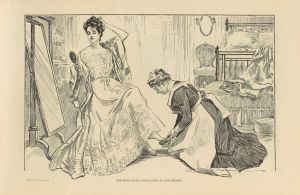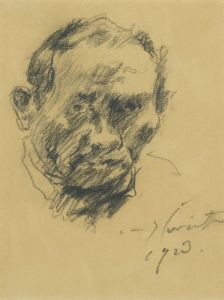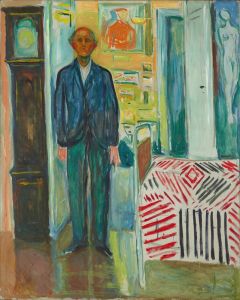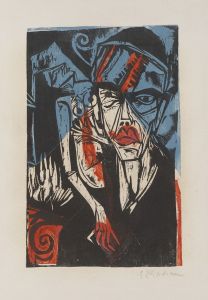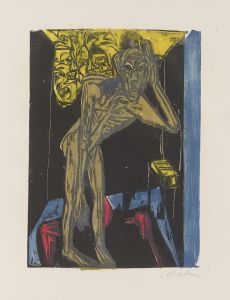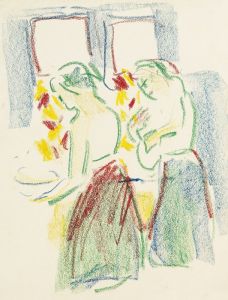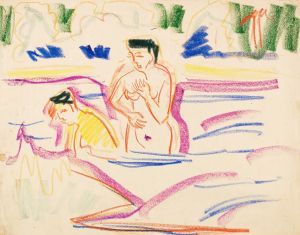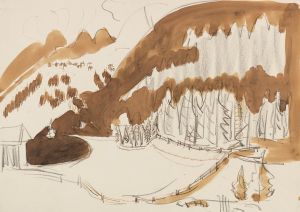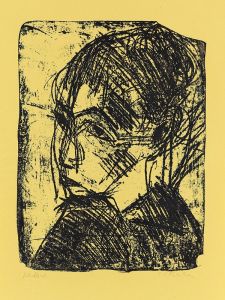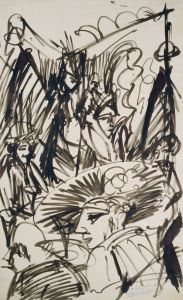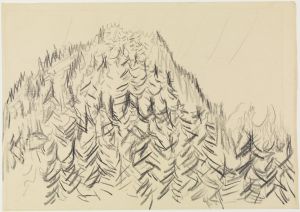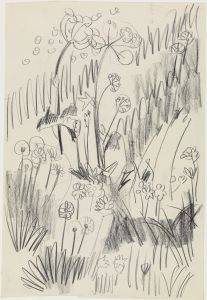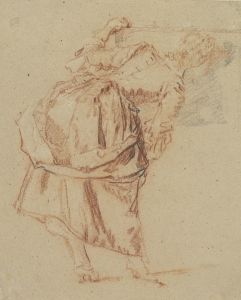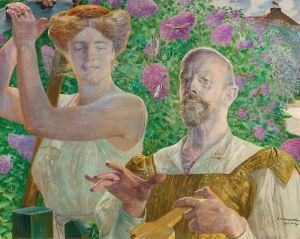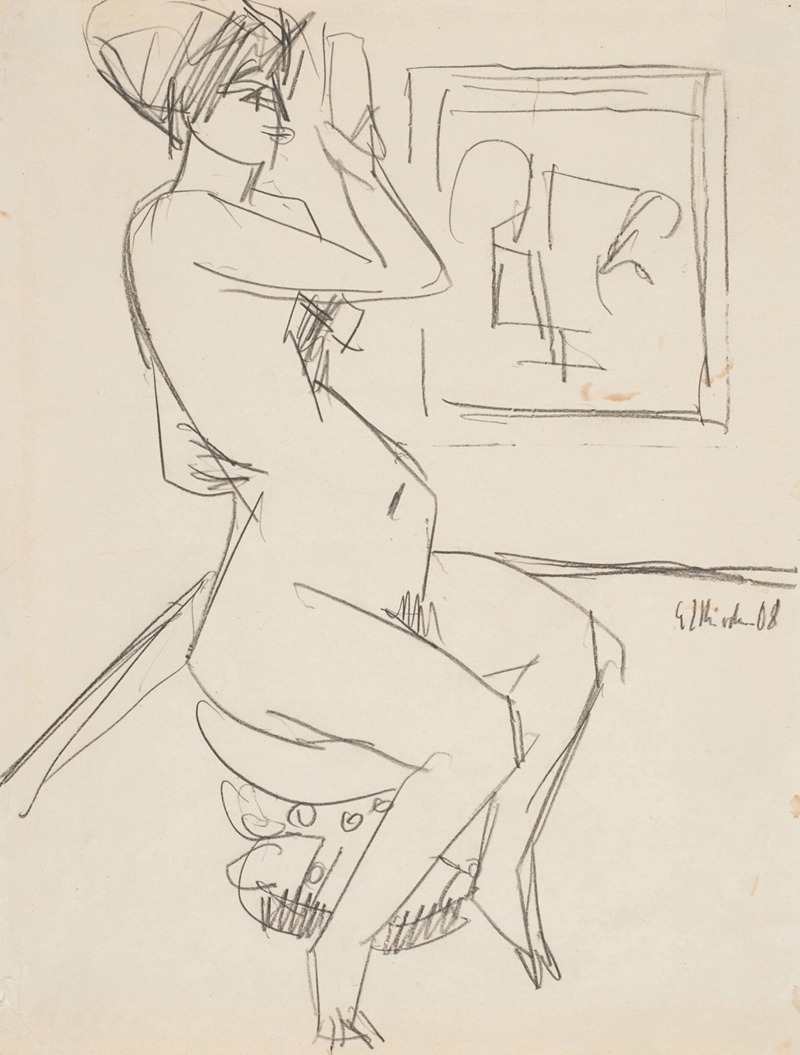
Sitzende auf dem Pantherstuhl
A hand-painted replica of Ernst Ludwig Kirchner’s masterpiece Sitzende auf dem Pantherstuhl, meticulously crafted by professional artists to capture the true essence of the original. Each piece is created with museum-quality canvas and rare mineral pigments, carefully painted by experienced artists with delicate brushstrokes and rich, layered colors to perfectly recreate the texture of the original artwork. Unlike machine-printed reproductions, this hand-painted version brings the painting to life, infused with the artist’s emotions and skill in every stroke. Whether for personal collection or home decoration, it instantly elevates the artistic atmosphere of any space.
Ernst Ludwig Kirchner was a prominent German expressionist painter and one of the founding members of the artist group Die Brücke, which played a pivotal role in the development of modern art in the early 20th century. Kirchner's work is characterized by its bold use of color, dynamic compositions, and a focus on the human figure, often exploring themes of modernity and urban life.
"Sitzende auf dem Pantherstuhl" (translated as "Seated Woman on a Panther Chair") is one of Kirchner's notable works, created during a period when he was deeply engaged with the expressionist movement. This painting exemplifies Kirchner's distinctive style, which often involved a vivid palette and an expressive, almost raw depiction of his subjects. The title itself suggests a focus on the seated figure, which is a common motif in Kirchner's oeuvre, reflecting his interest in the human form and its emotional expression.
The painting features a woman seated on a chair that is stylized to resemble a panther, an element that adds a layer of exoticism and perhaps a sense of power or wildness to the composition. Kirchner's use of the panther motif could be interpreted as a reflection of the avant-garde spirit of the time, where artists sought to break away from traditional forms and explore new, often provocative themes.
Kirchner's work during this period was heavily influenced by his surroundings and the cultural milieu of early 20th-century Germany. The artist was known for his depictions of Berlin's vibrant street life, cabarets, and the bohemian lifestyle, which often served as inspiration for his paintings. "Sitzende auf dem Pantherstuhl" can be seen as part of this broader exploration of modern life and the complexities of human emotion and identity.
The expressionist movement, to which Kirchner was a central figure, was characterized by its emphasis on representing emotional experiences rather than physical reality. This is evident in Kirchner's work, where the distortion of form and the use of intense colors serve to convey the inner emotional state of the subject rather than a realistic portrayal. The seated woman in "Sitzende auf dem Pantherstuhl" is likely depicted with exaggerated features and vibrant hues, typical of Kirchner's approach to capturing the essence of his subjects.
Kirchner's contribution to modern art extends beyond his paintings; he was also involved in printmaking and sculpture, further showcasing his versatility as an artist. His work has had a lasting impact on the art world, influencing subsequent generations of artists and continuing to be celebrated in exhibitions and collections worldwide.
"Sitzende auf dem Pantherstuhl" remains an important piece within Kirchner's body of work, reflecting the innovative spirit of the expressionist movement and the artist's unique ability to capture the complexities of human emotion through his dynamic and colorful compositions.





